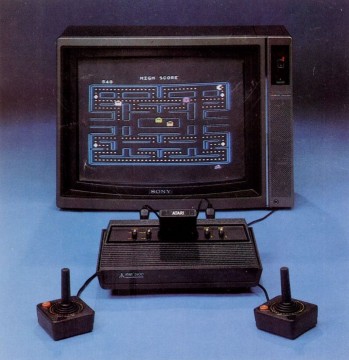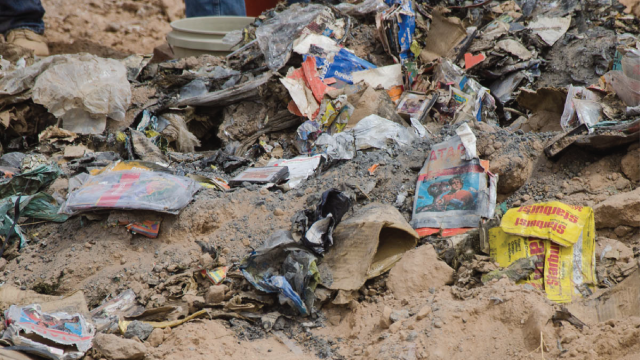Video games may not be that old, but believe it or not, the first archaeological excavations of video games and the first archaeological excavations of real human settlements inside a video game have both already occurred. Video games were influenced by archaeology first, but that doesn’t mean archaeology has ignored the potential of video games or how video games are another source of material culture (also known as artifacts or belongings) to analyze in order to get a better understanding of human culture. Archaeology, simply put, is the study of past human activity by analyzing material culture and the context it comes from. Archaeology plays a huge hand in our knowledge of the past and adds to our understanding of history beyond the written and oral record. Video games are material and digital culture only growing in popularity… so how have video games influenced archaeology?
To understand the answer, first we will have to define the term archaeogaming. Archaeogaming “is the archaeology both in and of digital games.” The field is being pioneered by Dr. Andrew Reinhard, an archaeologist with a passion for video games. He is the creator of the Archaeogaming blog and the writer of Archaeogaming: An Introduction to Archaeology in and of Video Games.

Until No Man’s Sky, archaeology had only ever been done in the physical world. Anthropologists study online spaces such as social media, but excavating real human settlements in a digital world likely hadn’t had much, if any, consideration by archaeologists until the rise in popularity of massively multiplayer online games. In the physical world, archaeologists excavate uninhabited settlements. Settlements become abandoned either from factors that push the people out or factors that pull them to a new location. Common causes throughout human expansion are climate changes, war, famine, or the migration of food sources. In the case of No Man’s Sky, it was a game update which caused the unintentional destruction of settlements across the galaxy and created digital refugees who were forced to migrate to new planets. Though the inhabitants are now gone, their architecture, agriculture, and digital culture remains. Reinhard’s work on the excavations of numerous sites can be found on the Archaeogaming blog or on the NMS Archaeology YouTube channel. He has excavated, measured, and cataloged several sites. There are even in-game memorials for the lost settlements.
Along with the archaeology of video games, archaeologists are also using video games as learning tools. In the previous article, I mentioned how archaeology has influenced the creation of video games. This included the Assassin’s Creed series and the Discovery Tour DLC. Archaeologists and historians worked with developers to create the educational in-game tours for Assassin’s Creed Origins and Assassin’s Creed Odyssey. Now, archaeologists are using those tours as educational tools for the public. Caroline Arbuckle Macleode, an archaeology professor, has used the Discovery Tour from Assassin’s Creed Origins, which takes place in Ancient Egypt, in her ancient Egyptian religion class. Macleode found that the tours increased student engagement. Combined with coursework, students were able to determine that though the Assassin’s Creed games were not as accurate as the 2D models and graphs, they still found the Discovery Tours to be immersive, fun, and educational.
How do you feel about archaeology being done on video games? Does it make you feel ancient? Are you a No Man’s Sky player? Have you come across any abandoned structures? If Discovery Tours had been used when you were in school, would that have increased your interest in history or archaeology? If you found the relationship between archaeology and video games interesting, check out the great sources below or my talk at the Archaeology Roadshow for more analysis on video games and archaeology. I am not the first to synthesize these topics and I won’t be the last!
Did you find this interesting? Then consider checking out…
Archaeogaming blog, The Geek Anthropologist blog, and the Atari: Game Over documentary on the exhuming of the infamous Atari landfill site.




 ShareThis
ShareThis






